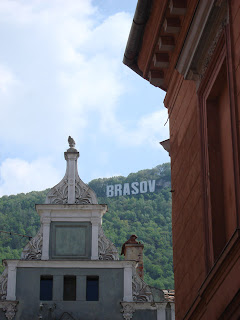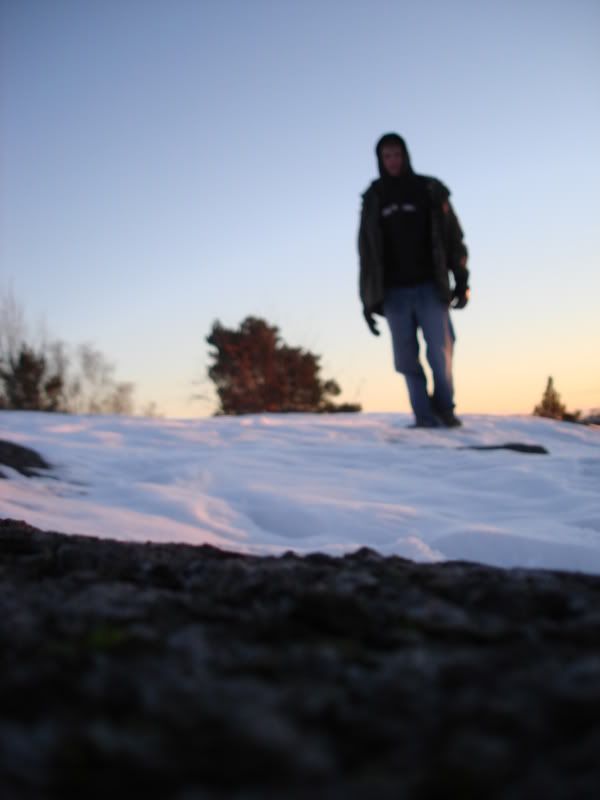Having slummed it in standard class for the duration of my trip, it was almost a relief to be told that only 1st class seats were available on the Thessaloniki - Sofia train, and at just EUR16 for the 6 hour trip, it wasn't a bad deal. It made it all the more comfortable as the train sat, bewilderingly, just outside the station for 1.5 hours before finally deciding to leave.

Someone actually thought this was a good idea
Upon arrival, things started going wrong as I tried 3 ATMs and found that none worked, and with no Bulgarian money couldn't get any transport to my hostel, which I knew was a long way away. I decided to walk and the moment I stepped out of the station it started pouring with rain. Having been up since 5am, after a night of drinking, to catch the train and incredibly frustrated, I was forced to change my precious remaining euros at the rip-off exchange office in the station, something I had managed to avoid doing until now. I took an overpriced taxi and eventually made it to the hostel.

The Palace of 'Culture'
It was at this point that I realised my credit card was missing. I suppose that being so tired, annoyed and carrying lots of stuff I managed to lose track of it, especially in trying so many ATMs. While I don't think it was stolen, this did nothing to improve my mood and wasted yet more valuable time. After cancelling my card and arranging a money wire from home, I rushed out to do some sightseeing.

The cathedral, one building that is indeed beautiful.
My first stop was the incredibly hideous 1300th anniversary statue, built by the Soviets in typical social realist style. It really is amazing that they considered this to be fitting tribute to the nation and really hasn't stood the test of time. Shoddily built and with no real enthusiasm to maintain it, the monument is now fenced off as it is literally falling to pieces. Close by is the equally ugly palace of culture, which is at least still being used in multiple functions, including a cinema.

The Soviet Army memorial
I made a quick dash to a park on the edge of the centre to catch a glimpse of the Soviet Army memorial before nightfall. I was actually quite impressed by it, especially the scenes of battle depicted around the base. Bulgarians may not want it in their city due to the history it represents, but it's a fitting reminder of a bygone era and well worth seeing.

A statue of Milo, Veliko Tarnovo's nosiest resident
The next day I got a train to Plovdiv, a town not far from Sofia. It's a charming town with lots to see and as such tends to be full of tourists. After walking around the small old town, I headed down the main street, passing a statue of Milo, apparently a very nosy man who listened to other people's conversations. Somehow this endeared him to the people of Plovdiv and they chose to erect a statue in his honour. How lovely.

Roman remains
The Roman Amphitheatre was a little over hyped and I didn't pay to enter, especially as it's easily visible from the path above. On the way to a park on the outskirts of the centre, something strange happened. A building, not too far away from me, exploded. There was an enormous bang and car alarms down the entire street went off as it filled with smoke. Not something you see every day! It seems in Bulgaria health and safety laws aren't particularly respected by demolition crews.

Not something you expect to find on top of a hill
Once at the park, I climbed a hill to be greeted by a massive statue of a Soviet soldier at the top. It really is an impressive sight, overlooking the entire city. It seems those Soviets really do (did) know how to build monuments.

It really is bigger than it looks
Back at the hostel I recognised Nathan, an American I had met in Thessaloniki. Bumping into people really seems to be a very common occurance when travelling. He was also heading to my next destination, so the following day we took a bus to Veliko Tarnovo, a town in the east of the country.

Sunset in Plovdiv
Once there, we parted ways and I made it to my hostel, which was the emptiest I've been to. After walking across the entire town to buy a train ticket for the following day, I headed to the town's famous castle, dramatically located on a hill surrounded by gorges. At the centre of the complex, perched on its own small hill, was a church with one of the most interesting interiors I've seen, painted entirely in modern art.

Amazing artwork inside the church
Returning to town, I discovered the the hostel was completely empty and would remain so for the rest of the day, so it didn't look like I was going to meet anybody. Once again, however, I bumped into someone I knew. While walking along a street I heard someone call my name - it was Arnold, the father of the American family who had rescued me on the Albanian-Macedonian border over a week ago. How do these things keep happening?!

Yes, this is a real picture. Quite amazing.
We had dinner together and then headed up to the castle, to watch one of the most impressive light shows I've seen. The entire castle, and the hill, were lit up in widely ranging colours synchronised to music, along with some fantastic lasers that seemed to shine across the entire town.

Not something you see every day
After being treated to dessert (they really are a generous family), I headed back to the hostel for a good sleep. Tomorrow I'm heading to Bucharest, capital of Romania and then onwards to Transylvania.

Erm, suppose I won't go by bus then...
It's quite annoying as the drive to Bucharest only takes 2 hours and the train, for some reason, is much longer at 6 hours. Unfortunately I haven't been able to arrange a ride despite a tip-off that a local hostel provides a driving service. Looks like it's going to be another day spent on trains!
Labels: Bulgaria, Eastern europe, Plovdiv, Sofia, Veliko Tarnovo
 Relaxing in Istanbul on the final day of my trip
Relaxing in Istanbul on the final day of my trip


























































